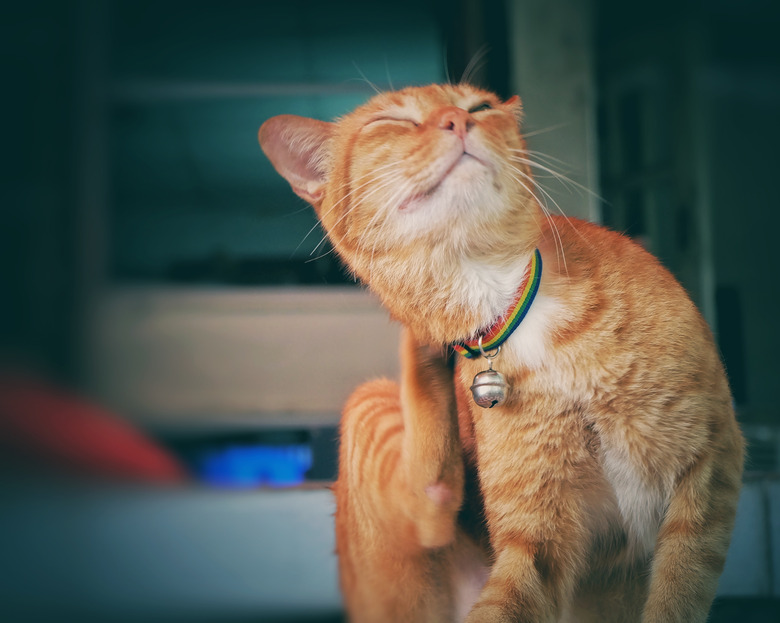How To Get Rid Of Fleas Naturally With Baking Soda And Salt
A pet can fill our lives and homes with a lot of things, from silly antics and cozy cuddles to the bond formed through unconditional love. Unfortunately, if your pet goes outside, they can also fill your home with something not so heartwarming: fleas. If your home has recently been hit with an infestation of fleas, there are several measures you can take to get back to a flea-free life. Some of these measures are all- natural including a simple DIY flea-be-gone powder made from just two ingredients: baking soda and salt.
Why baking soda and salt?
Why baking soda and salt?
With all the flea bombs and treatments out there, why would someone opt for baking soda and salt to treat such an irritating issue? For starters, the mixture is all-natural and chemical-free, which makes it a safe option for anyone who shares their home with multiple animals, small children, or for someone who just wants to clean using greener methods. Additionally, it's cheap! Compared to traditional flea treatments for homes and yards, everyday household ingredients like baking soda and salt are a real bargain, especially if you only have a small area to treat, like a garage.
How does it work?
How does it work?
When used as a home treatment, baking soda and salt works to treat fleas by dehydrating them until they are dead, explains Flea Bites. To use baking soda and salt to kill fleas in your home, start by mixing equal parts of the ingredients until everything is thoroughly blended. Then, sprinkle the mixture onto your carpet, bedding, furniture, and anywhere else fleas may be living, taking extra care to make sure the powder is evenly coated on the surfaces. Allow the solution to sit overnight before vacuuming it all up, and make sure to empty your vacuum into a garbage bin outside in case any fleas are still alive. If you still notice fleas in your home after the treatment, repeat the process every three-or-four days until they disappear.
Other home remedies for fleas
Other home remedies for fleas
If you're looking for additional ways to get rid of fleas in your home and yard, there are multiple home remedies for fleas that you can look to. According to Pest Hacks, diatomaceous earth can work wonders at killing fleas, thanks to the small, fossilized organisms the powder is made of. These fossils produce silica, which then attaches onto fleas and kills by dehydrating them. To use it, simply sprinkle as you would the baking soda and salt mixture, then vacuum after about one week. The best part? The food-grade variety of diatomaceous earth is safe for pets!
Keeping a dry home will also make it impossible for fleas to survive, so if you have frequent infestations, consider investing in a dehumidifier, which can kill existing fleas and prevent new ones from hatching. Finally, to begin any flea treatment, be sure to give your home and furniture a thorough cleaning with the vacuum, and launder and dry any fabric, especially pet bedding, in hot water and very high heat.
How to prevent fleas
How to prevent fleas
The best treatment for fleas is always prevention, which is why treating your dog and your yard is an important part of maintaining a flea-free home. For dog-safe preventative measures outside of the home, Dogster also recommends sprinkling food-grade diatomaceous earth around your yard or directly on spots that you think fleas may be living. You can also try planting flea-repelling herbs like lavender and peppermint in your yard or near your doors and, when possible, keep your yard as dry and shade-free as possible. Additionally, try using salt for fleas in the yard by cleaning the floors around your doors or any points of entry with a saltwater solution.
Always check with your veterinarian before changing your pet's diet, medication, or physical activity routines. This information is not a substitute for a vet's opinion.
